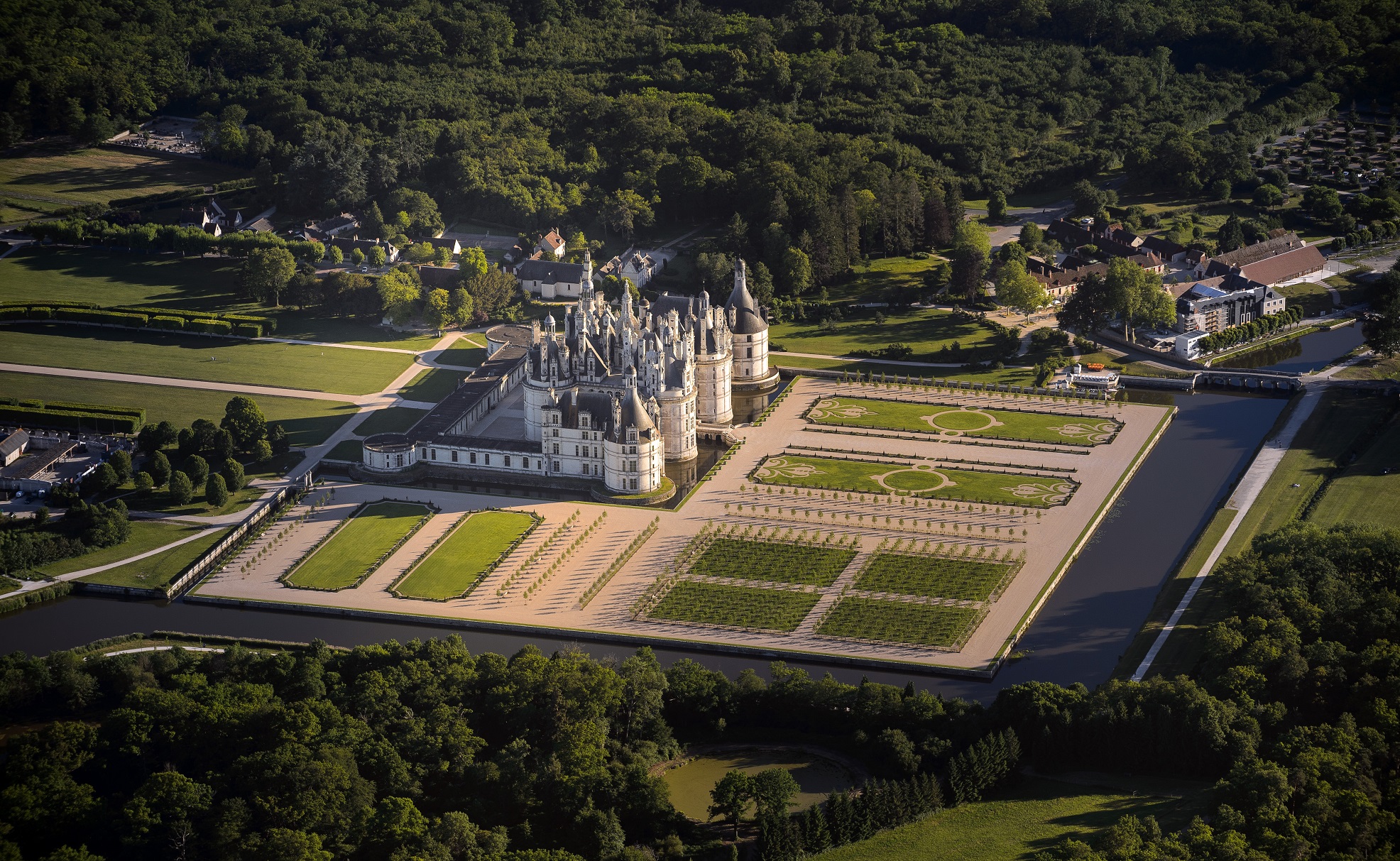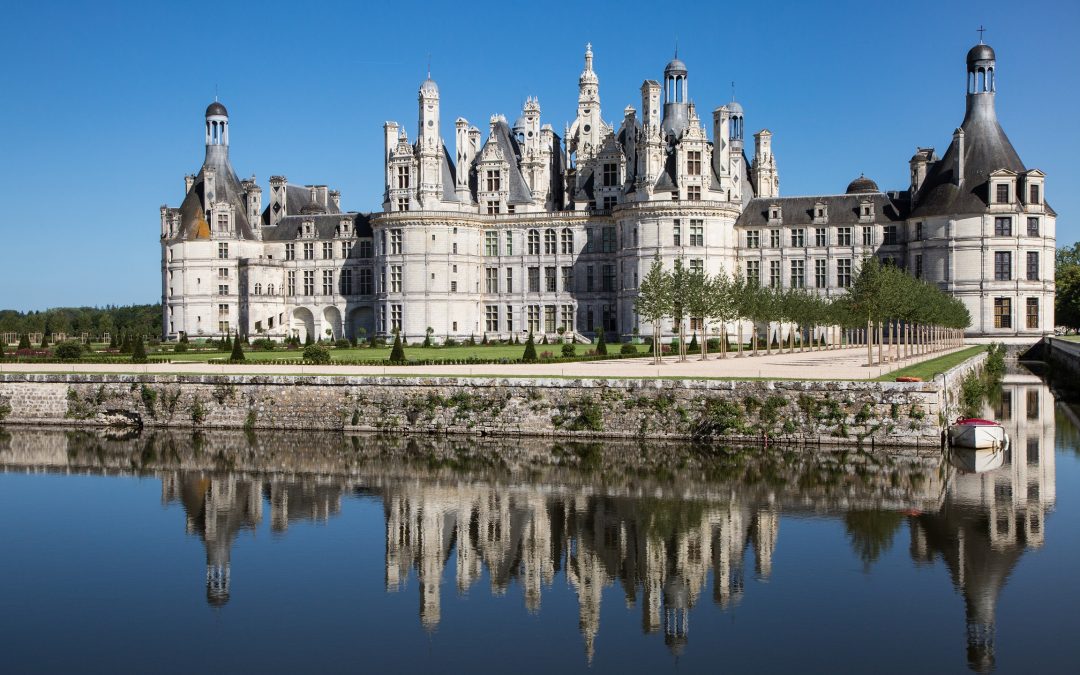Our website Château Escapes France showcases gorgeous buildings which epitomize the rich and opulent history of France – the french château. As you have seen on Channel 4s Escape to the Château DIY many – no most – have run into a sad state of disrepair. In their time chateaux were homes exclusively for the affluent but nowadays, thanks to the influence of Channel 4s Dick and Angel Strawbridge and their Chateau de la Motte Husson, more and more everyday people with a common dream are taking the plunge and becoming the Lord and Lady of the Chateau!
If you watch the TV programme you will often hear the words “we are only the keepers” – it’s a brave and wonderful thing to do, to preserve world history is essential. Take for example the amazing Château de Chambord which in its time was abandoned and left in disrepair. So I want to give readers a little bit of the history of this grande dame and to share the beautiful photos which we were given permission to share with our readers courtesy of (photographers Sophie Lloyd for the main photo and to Leonard de Serres for the aerial shot).

The Chateau de Chambord © Domaine national de Chambord – Léonard de Serres
The Château de Chambord located in the region Loir-et-Cher, has to be one of the most recognisable Châteaus in the world with its distinctive French Renaissance architecture blending traditional French medieval forms with classical Renaissance structures. The building was constructed by Francis I (1519-1547) and was surprisingly never completed.
The Château de Chambord is the largest in the Loire Valley region. Originally built as a hunting lodge for Francis I (his royal residences were the Château de Blois and Amboise). The original design of the Château de Chambord is attributed to Italian architect Domenico da Cortona and it is rumoured that Leonardo da Vinci was also involved in the design of the main staircase.
It took 28 years to construct during which time Chambord was altered considerably. When the château was nearing completion Francis could not resist showing off this enormous symbol of wealth and power by hosting his old archrival Emperor Charles V.
In 1792, after the French Revolution some of the furnishings were sold and some timber was removed and for a period of time the building was left abandoned. It was only in the 19th century that attempts were made to restore it. During the Second World War, art works from the collections of the Louvre and the Château de Compiegne were relocated to the Château de Chambord for safekeeping.
The château is now open to the public and according to Wikipedia received 700,000 visitors in 2007. Flooding occurred in June 2016 which damaged the grounds but thankfully not the château itself.
If you enjoy our blogs please share them with your friends!
